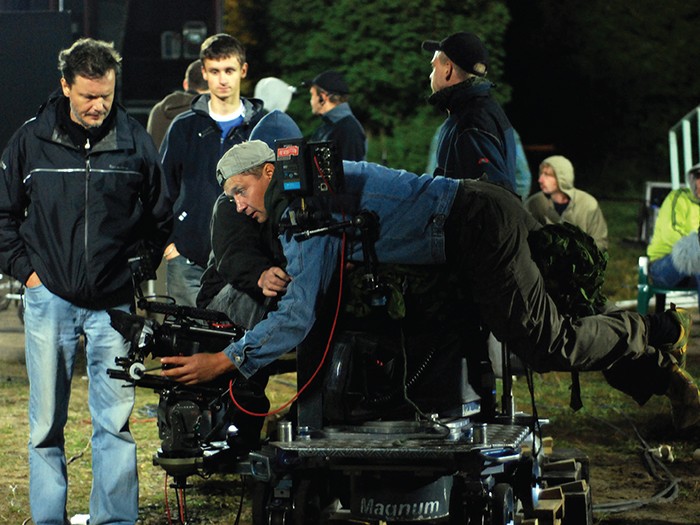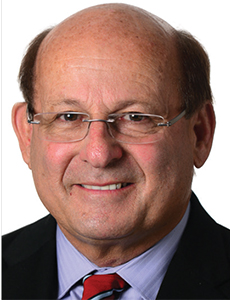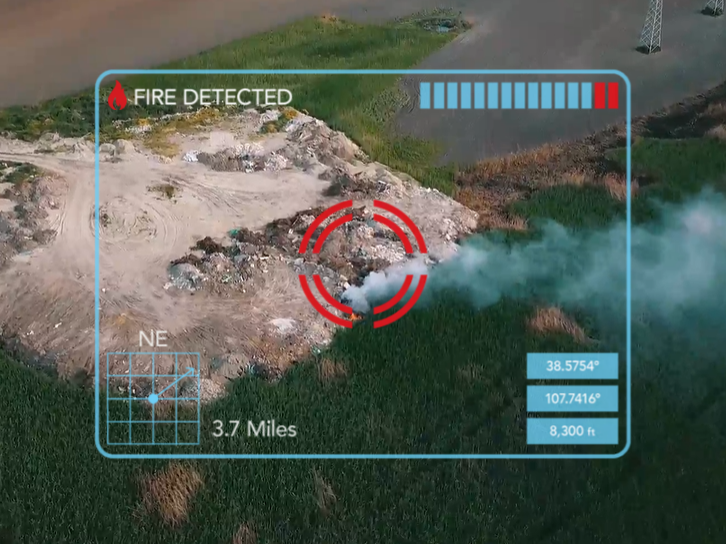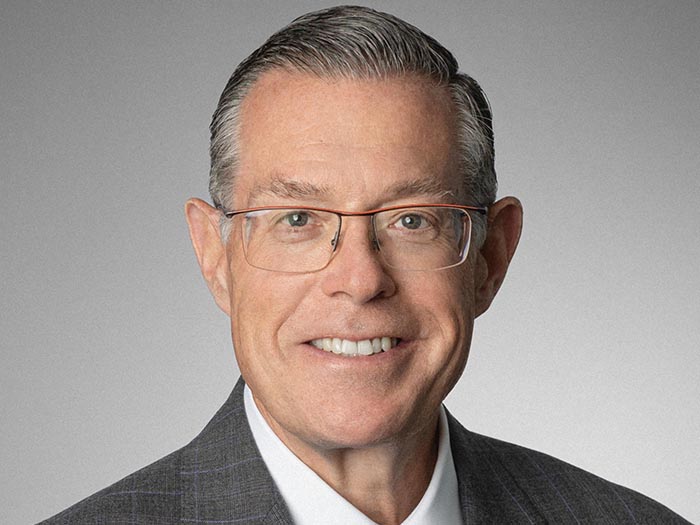Entertainment
Protecting Film Productions

It’s thrilling to watch Tom Cruise or Daniel Craig jump out of a plane or magically escape even the slightest injury as hundreds of bullets rain down on them.
But before a director shouts “action,” the production company works with its brokers and underwriters to ensure coverage for the cast, crew and movie as a whole.
Bob Jellen, managing director, entertainment industry solutions, HUB International, said that films can require a range of insurance policies, depending on whether the production involves unusual hazards, aircraft, watercraft, stunts, weather issues, foreign filming, or terrorism and political risk exposures.
The biggest exposures can be delays in filming involving the cast, extra expense claims caused by damage to property or sets, or third-party liability claims.
“The opening scene was very challenging to insure. They had a helicopter that flew over a square in Mexico City with thousands of people there. The helicopter pilot flew it upside down.” — Bob Jellen, managing director, entertainment industry solutions, HUB International
“Typically we review the script, budget, shooting schedule, stunt breakdown, filming locations, actors’ schedules and any unusual hazards,” he said.
“Working in concert with the studio risk management and production team we develop an overall insurance program to protect the production.”
This year, HUB brokered the production insurance for three Academy Award nominees: “The Big Short,” “Creed” and “Spectre.”
Jellen said that “it was really challenging to insure [“Spectre,” the latest James Bond film] because of its scope and size. It was one of the biggest budget movies I’ve insured.”
It was filmed in numerous locations around the world, and like all Bond films, it featured a tremendous amount of stunts.
“The opening scene was very challenging to insure,” Jellen said. “They had a helicopter that flew over a square in Mexico City with thousands of people there. The helicopter pilot flew it upside down.”
Jellen said he had to write special coverage on the pilot, who “is probably one of only two pilots in the world who could do this flying.
The production company was concerned that if something happened, they would have to make other arrangements,” such as using special effects in post-production.
Dangerous stunts are nothing new in his experience. When Tom Cruise decided to do his own stunt, standing on the wing of a flying airplane in “Mission Impossible: Rogue Nation,” Jellen made sure the production company was covered for all contingencies.
Emphasis on Safety
Since the death of veteran actor Vic Morrow in 1982 on the set of “The Twilight Zone,” the use of safety experts has become standard for moviemaking.
Jellen said the remake of Ben Hur, which will be released later this year and features an amazing chariot race, required “a lot of safety precautions … and fortunately there were no losses associated with it.”
The production costs of films generate claims that can be substantial. When “Wagons East” was being filmed in 1994 one of its stars, John Candy, died before three key scenes were completed, Jellen said.
The production company abandoned the film and the insurance company paid about $15 million as a result of the Cast claim.
Cast insurance covers delay or abandonment of a production as a result of the death, sickness or injury to the director or cast members. “With daily production costs ranging anywhere from $150,000 to $500,000, Cast insurance claims can be expensive,” Jellen said.
A more recent movie, a remake of “The Magnificent Seven” with Denzel Washington, was filmed during hurricane season in Louisiana. When severe weather halted filming for a few days, the production company successfully filed a claim on its rain insurance, he said.
Jellen said he’s been insuring film and television productions for more than 40 years, since his first film, “Midnight Cowboy.” Other favorites include “The Godfather,” “Superman” and “Annie Hall,” as well as Paramount’s “Mission Impossible” and “Transformer” series.











